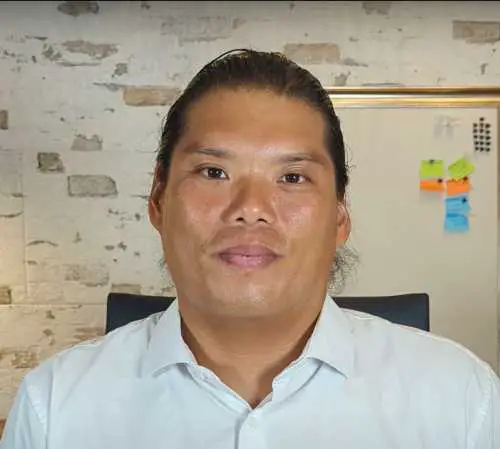Acupressure for BPPV is a targeted application of Traditional Chinese Medicine that promises relief for those struggling with the specific challenges of Benign Paroxysmal Positional Vertigo. Readers seeking to understand and apply acupressure techniques for BPPV should continue with this article. However, if you want to broaden your knowledge about acupressure’s role in managing vertigo more generally, we recommend visiting this detailed guide on acupressure points for vertigo.
Acupressure Points to Use for BPPV
Dr. Gene Wei, a seasoned TCM practitioner, suggests that acupressure can effectively treat BPPV, similar to its related practice, acupuncture. Key points that have shown potential in studies include:
- ST36 (Zusanli): Located on the leg, four fingers below the kneecap.
- PC6 (Neiguan): Situated three fingers width below the wrist on the inner forearm.
- TE-17 (Yifeng): Found behind the earlobe, in the depression between the jaw and the mastoid process.
- GB20 (Fengchi): At the base of the skull, in the hollow between the two vertical neck muscles.
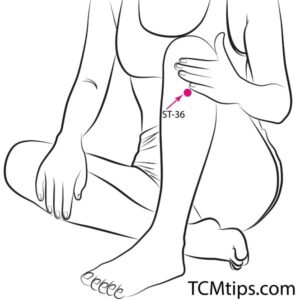
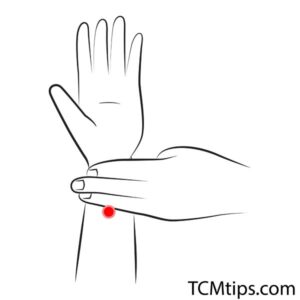
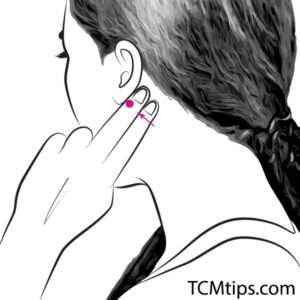
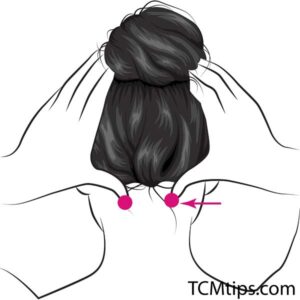
How to Use Acupressure Points for BPPV
To utilize these points for BPPV:
- Find a Safe Space: Ensure you are in a secure environment where falling won’t lead to injury.
- Apply Pressure: Use firm, steady pressure on each point for 1-2 minutes. It should feel sore but not painfully so.
- Breathe Deeply: Maintain deep, slow breaths while applying pressure to encourage relaxation and energy flow.
- Repeat Regularly: Consistency is vital. Practice this routine daily or as needed.
Tips or Precautions to Use
Dr. Wei emphasizes the importance of caution when practicing acupressure:
- Get Diagnosed: Confirm that your dizziness is due to vertigo, not another severe health issue.
- Prepare Your Environment: Practice in a safe place to prevent injuries if you become dizzy or lose balance.
- Listen to Your Body: Acupressure should not cause extreme pain. If you experience significant discomfort, cease the practice and consult a professional.
- Consult a Professional: If you have a history of heart conditions, are pregnant, or have other health concerns, seek medical advice before starting acupressure.
Incorporating Dr. Wei’s insights into your self-care routine, acupressure for BPPV can be a valuable and empowering tool to manage vertigo symptoms and enhance overall well-being.

Try our Anti-Aging Gua Sha Tool designed to bring out your skin’s natural glow.
Best Gua Sha Product- Anti-Aging: The tool is designed to target 11 specific aging signs such as wrinkles and sagging skin. By following the 7-step routine, users can improve skin firmness and reduce fine lines naturally.
- Enhances Skincare Routine: It works effectively with serums and lotions, boosting absorption and efficacy of skincare products.
- Visible Skin Improvement: Users can expect a smoother complexion, reduced puffiness, and a more youthful appearance.
 P. Sze
P. Sze 
